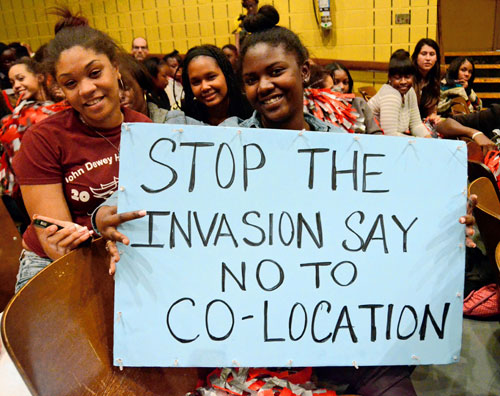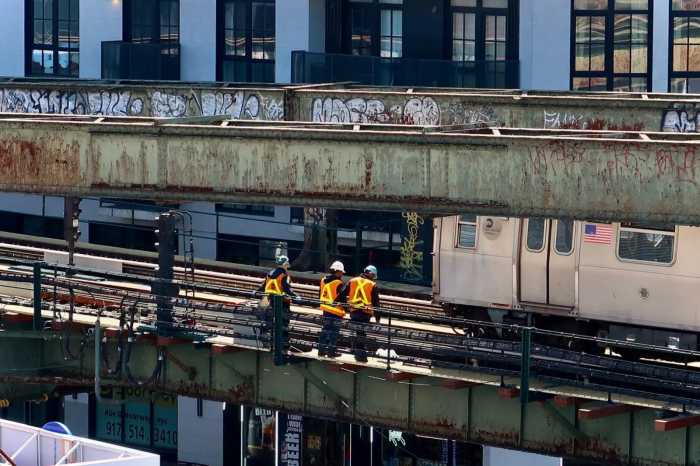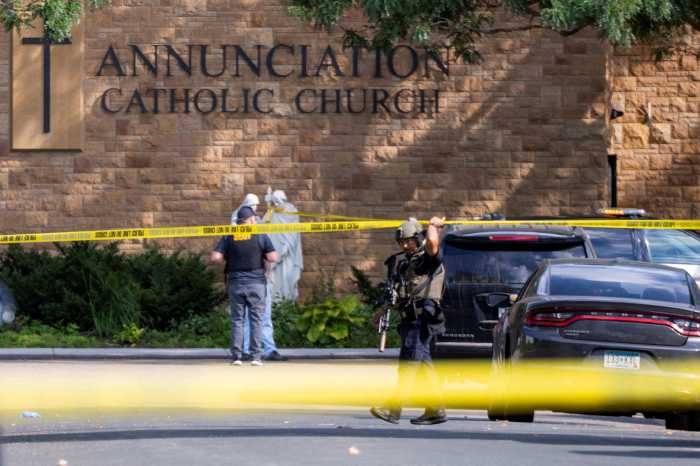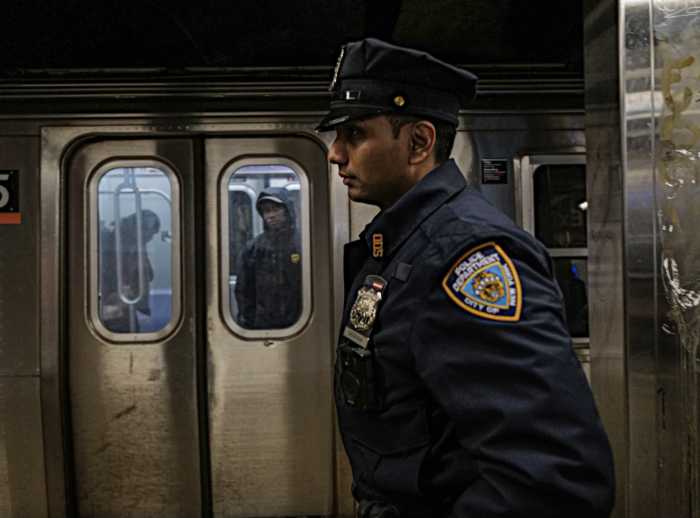It gives new meaning to the term “cram school.”
Locals blasted a city plan to install a new school in the building of John Dewey High School at an Oct. 23 hearing, claiming it’s part of an ongoing campaign to destroy the 54-year-old Bay 50th Street institution.
But a city official admitted that the plan is actually part of a larger campaign to entrench the mayor’s education policies beyond his final term.
The Department of Education wants Dewey to accommodate a new grade 9–12 school in its building, claiming the space is sorely under-utilized — but those at the school blame the city for its low enrollment.
First the city announced last year that it was closing the school due to poor performance — then it listed Dewey under a new name in the High School Handbook. Teachers’ union lawsuits forced the city to back down from both measures, but only after the damage to enrollment was done, according to school officials.
“It’s like these families were in their cars heading for the George Washington Bridge, and heard on the radio that the bridge had collapsed and fallen into the river,” said Principal Kathleen Elvin.
Parents argued that the so-called “co-location” would waste precious funds — funds that could be spent on Dewey itself.
“The money that is being taken away has to come back to our public schools,” said Evangelean Pugh, mother to a 10th-grader.
Some students claimed that the Dewey’s space is stretched as it is — even without the new school taking over 16 rooms.
“Taking away any part of our school will make our already full classrooms overcrowded substantially,” argued student Asra Rashid.

Other pupils suggested that having to share the building would limit the space available to Dewey’s electives and extracurricular activities — which include photography, fashion, robotics, culinary arts, and finance, among other subjects.
“Co-location would destroy what makes this school unique,” said senior Daneele Thorpe.
No one testified in favor of the city plan, but the Department of Education vowed to forge ahead regardless, arguing that Mayor Bloomberg’s co-location approach has dramatically improved the public school system.
“Our strategy has worked, and with this new school, that progress will continue,” said city spokesman Harry Hartfield.
When asked why no one spoke in favor of the co-location, the city attributed it to the neighborhood’s sense of protectiveness.
“It’s understandable that families feel strongly about their community schools, but it’s important to us to continue to deliver high-quality options,” said city spokeswoman Stephanie Browne.
A city source who asked not to be named said that the reason the agency has been pushing so many co-locations across Brooklyn recently is that the Department of Education wishes to ensure that the Bloomberg’s education policies will survive the end of his term when a new administration next year.
There are as yet few details on the proposed school — except that it will be a traditional public school and not a charter school, unlike planned co-locations at Seth Low Intermediate School in Bensonhurst and Roy H. Mann middle school in Mill Basin.
The city estimates that 420–460 students will ultimately attend the new institution, and that enrollment at Dewey will stabilize around its current 1,630 — even though the school is back in the High School Handbook under its own name.
The city gave Dewey a “B” rating in its 2012 assessment — up from a “C” grade the previous two years.

























